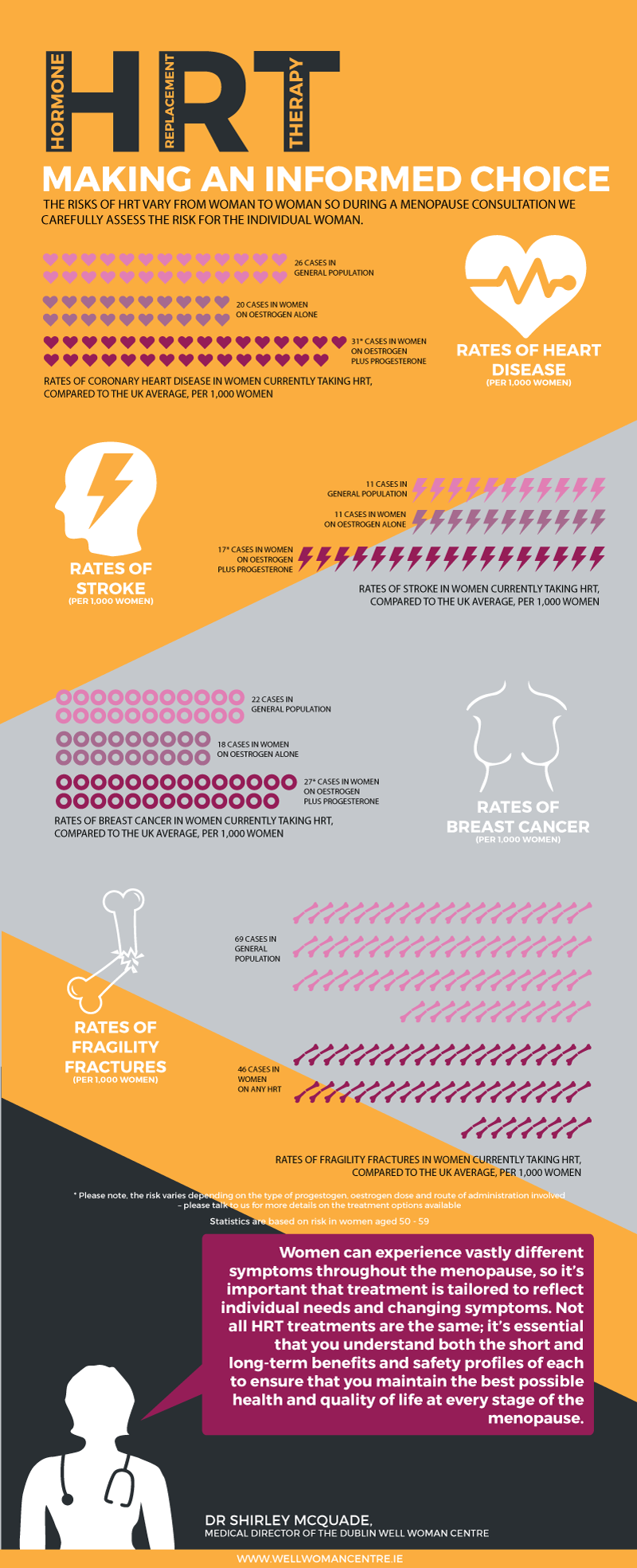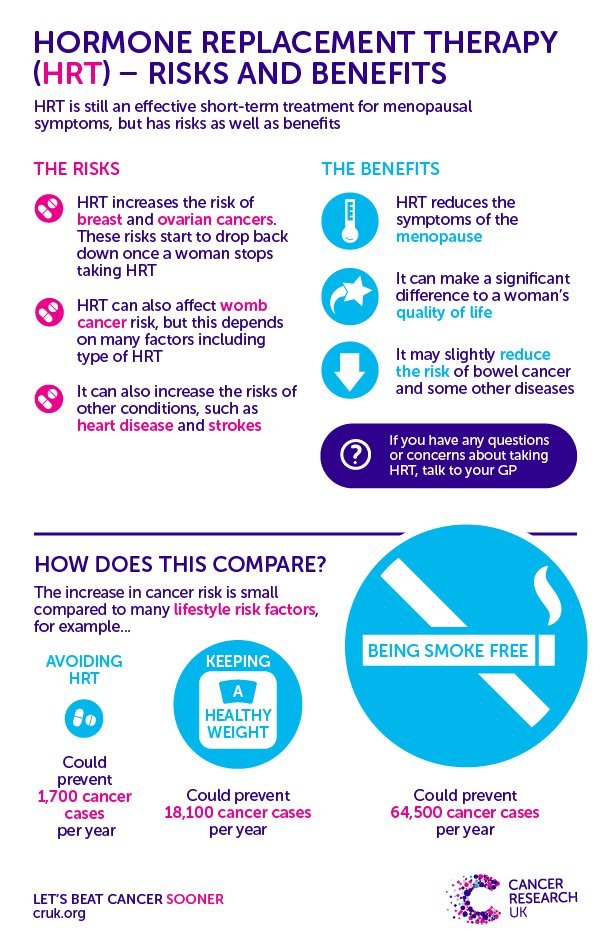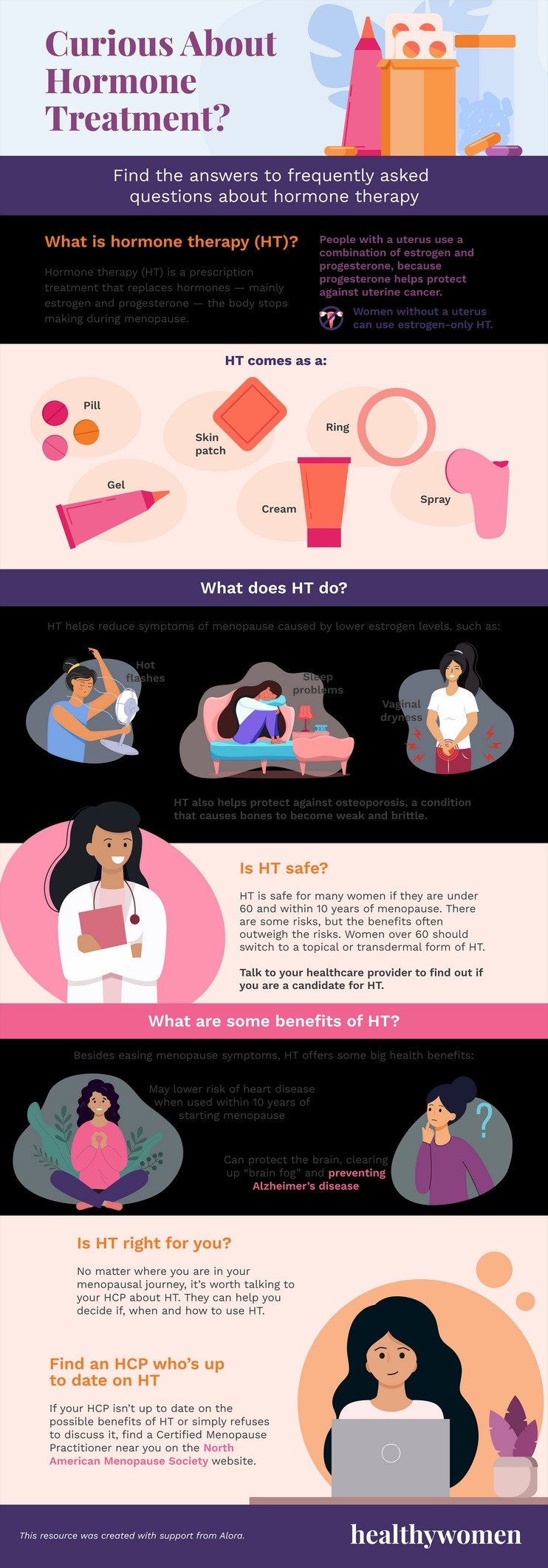Reclaiming Vitality: The Works of Hormone Replacement Therapy in Your Life : Women going through menopause might find they benefit from hormone replacement therapy. Medications used as part of this therapy replace the estrogen that the body stops making during this phase of life. Doctors prescribe hormone replacement therapy to address hot flashes, vaginal discomfort, and other common symptoms associated with menopause. Hormone replacement therapy has been shown to reduce the risk of bone loss and fractures in postmenopausal women.
Nevertheless, there are risks associated with HRT therapy for menopause. The type of therapy used, the dose, the length of treatment, and individual health risks all influence the side effects women might experience. A doctor must tailor the treatment to the individual and do regular assessments to ensure the benefits outweigh the risks.
Hormone Therapy Options
Estrogen therapy has two basic types. Systemic estrogen contains a higher dose of estrogen that the body absorbs. A woman might receive this estrogen in pill, ring, gel, or cream form. Other options include a skin patch and spray. Doctors often prescribe systemic hormone therapy to address the common menopause symptoms.
Some women find they only have vaginal and urinary symptoms associated with menopause. They may have other symptoms, but these symptoms don’t disrupt their daily lives. Low-dose vaginal products are available as creams, rings, and tablets. They minimize the estrogen absorbed by the body but only treat vaginal and urinary symptoms.
Women with an intact uterus often receive estrogen combined with progesterone or progestin. Estrogen, by itself, can increase a woman’s risk of endometrial cancer because it stimulates the growth of the uterus’s lining. Progesterone reduces the risk of this happening. Women who have had their uterus removed may not need progestin.
Risks Associated with Hormone Therapy
An estrogen-progestin pill increases a woman’s risk of several medical conditions, including breast cancer, heart disease, stroke, and blood clots. These risks depend on several factors. Women should begin using hormone therapy before the age of 60 or within ten years of the onset of menopause to reduce these risks. The type of hormone therapy used plays a role in the risks a woman faces, and the woman’s medical history must be considered when deciding whether HRT benefits will outweigh the risks.
Who Benefits From Hormone Therapy?
Women who struggle with moderate to severe hot flashes and night sweats find relief with HRT. Other symptoms of menopause, such as discomfort with intercourse, can be relieved with hormone therapy, and women at high risk of bone loss or fractures should talk to their doctor about using hormones. HRT should only be used if bisphosphonates aren’t working. Any women who experience early menopause and those with an estrogen deficiency should also speak to their doctors about using hormones to reduce the risk of some health conditions.

Reducing the Risks Associated with Hormone Therapy
A woman can take several steps to reduce the risks associated with hormone therapy. For example, women who are only experiencing vaginal symptoms should stick with a low-dose vaginal product. Each woman must determine which product and delivery method will lower her risk. The goal is to take the lowest effective dose for the shortest possible time.
See a doctor regularly for follow-up care, mammograms, and routine pelvic exams. Lifestyle choices play a role in reducing a woman’s risk of health conditions associated with menopause and HRT. For those women with a uterus, any systemic estrogen therapy program must include progestin.
What Can Women Do If HRT Isn’t an Option for Them?
Women who cannot take hormone replacements may also take steps to reduce the symptoms of menopause. To keep hot flashes to a minimum, minimize the consumption of alcohol and caffeinated beverages and find other ways to stay cool. Relaxation techniques may help, and several nonhormone prescription medications are available that address hot flashes.
If menopausal symptoms only affect the vagina, a vaginal moisturizer or lubricant can help. Talk with the doctor about Osphena. This prescription medication helps women for whom intercourse is painful during menopause.
Hormone therapy has benefits and drawbacks. Women should ask their doctor if this is a good option. In addition, healthcare advances lead to new treatments. Talk with physicians to learn about these advances and see if they may benefit them.
Related Infographics about Hormone Replacement Therapy:






Related Videos about Hormone Replacement Therapy :




